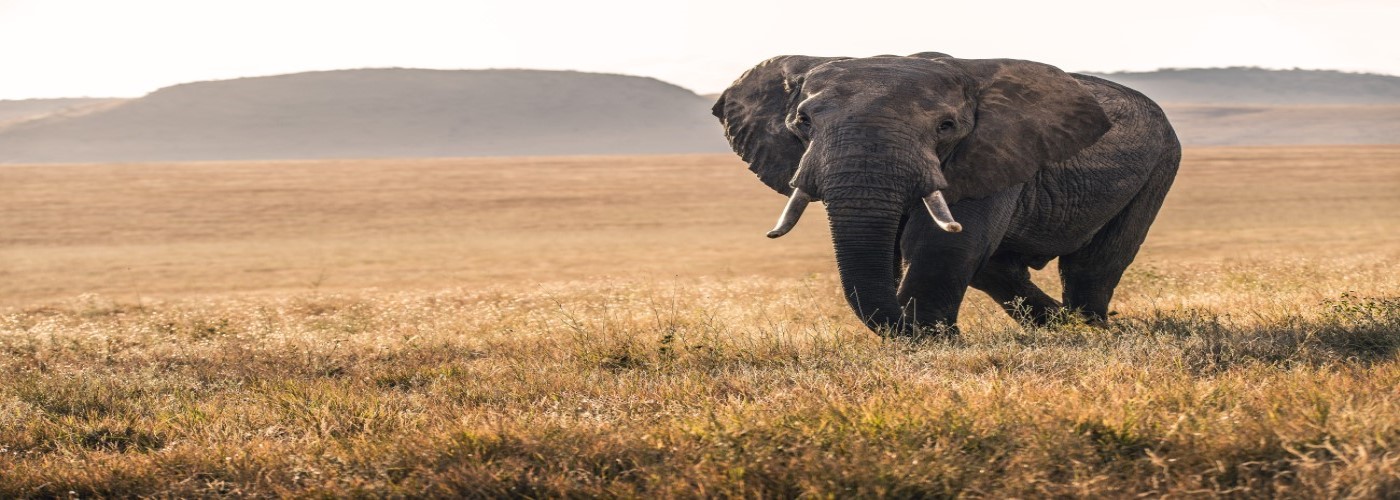

Last week's article mentioned a number of signs indicating the Earth is going through its 6th mass extinction. The main impact is to plants, animals, and their habitats. This extinction is likely due to warmer oceans, deforestation, human activity, and climate change. Today's article will list even more signs that we are currently within this mass extinction.
As more humans populate the Earth, logging and deforestation have become a major problem. In just the last 5 years, 17% of the Amazon has been destroyed, mostly due to humans opening land for cattle ranching. According to World Wildlife Fund, 80% of the word's species can be found in tropical rainforests, including critically endangered and endangered species. Deforestation, even in a small area, can cause a species to go extinct. This is due to living only in small, isolated areas. Every year, more than 18 million acres of forest disappear worldwide! Less trees also means less absorbing of carbon dioxide, which contributes to the warming planet.
Another factor mentioned is that in the next 50 years, humans will drive so many mammal species to extinction that Earth's evolutionary diversity will not recover for over 3 million years! A study done in 2018 by PNAS (Proceedings of the National Academy of Sciences of the USA) concluded that after species loss, our planet will need between 3-5 million years to get to the level of diversity we have on Earth today. Returning the planet's diversity before humans existed? That will take up to 7 million years! Scientists from a study published in the journal "Nature Ecology and Evolution" have even said it could take 10 million years for biodiversity to rebound. This is how long it took after the mass extinction that wiped out the dinosaurs!
Alien species are also a major driving factor of species extinction. Alien species are defined as a kind of animal, plant, fungus, or bacteria that is not native to an ecosystem; not the green little men. Two examples include Zebra mussels and Brown Marmorated Stink Bugs. Some can be very invasive, meaning they cause harm to the environment right away when introduced. Many have been unintentionally spread by humans as they carry them from one continent, country, or region, to another when traveling. Ships transporting cargo and goods are also a culprit to a species spread.
Next week will be part 3, including how Earth's oceans and species are being affected and what happens if we continue "on this path."